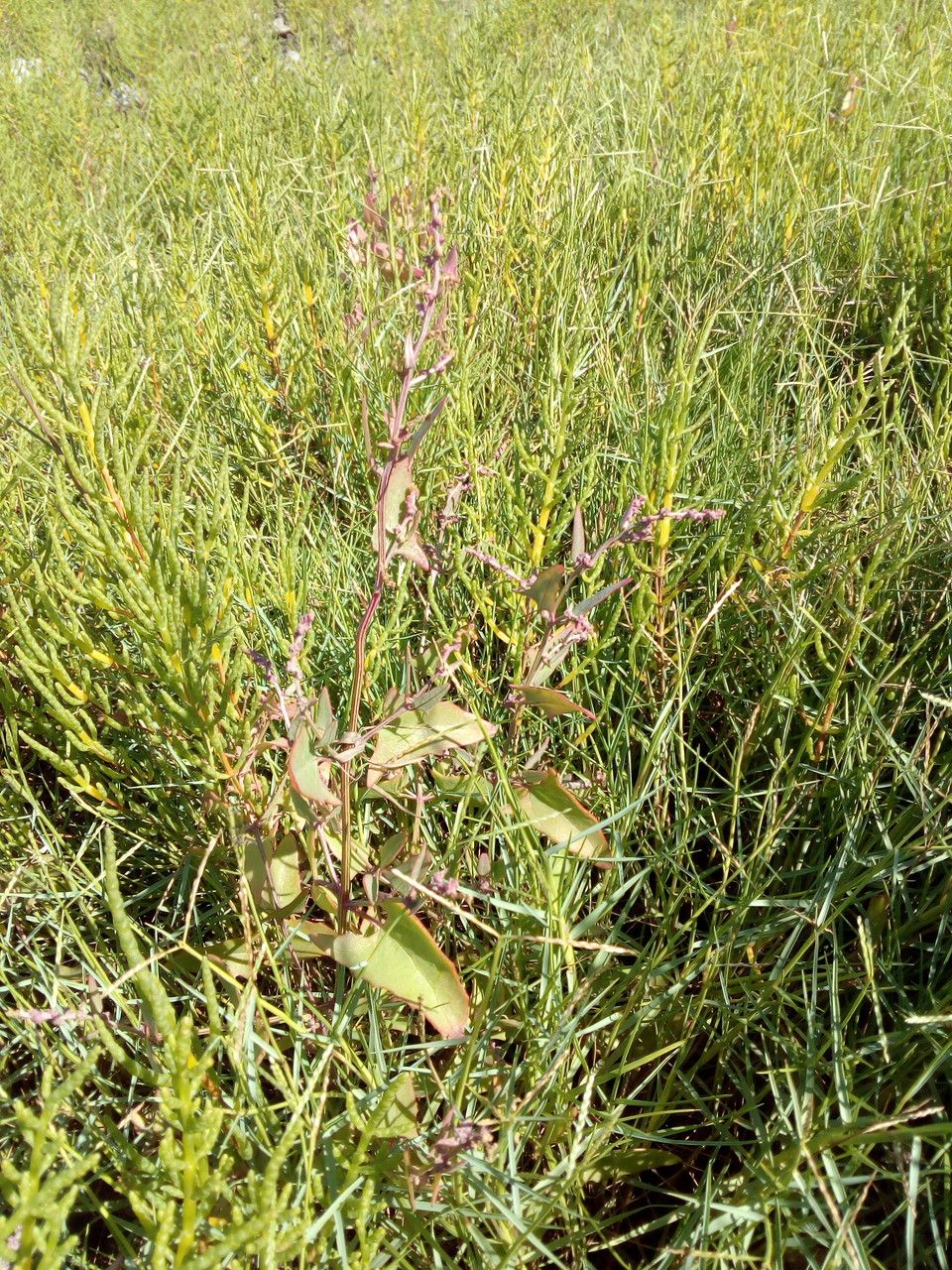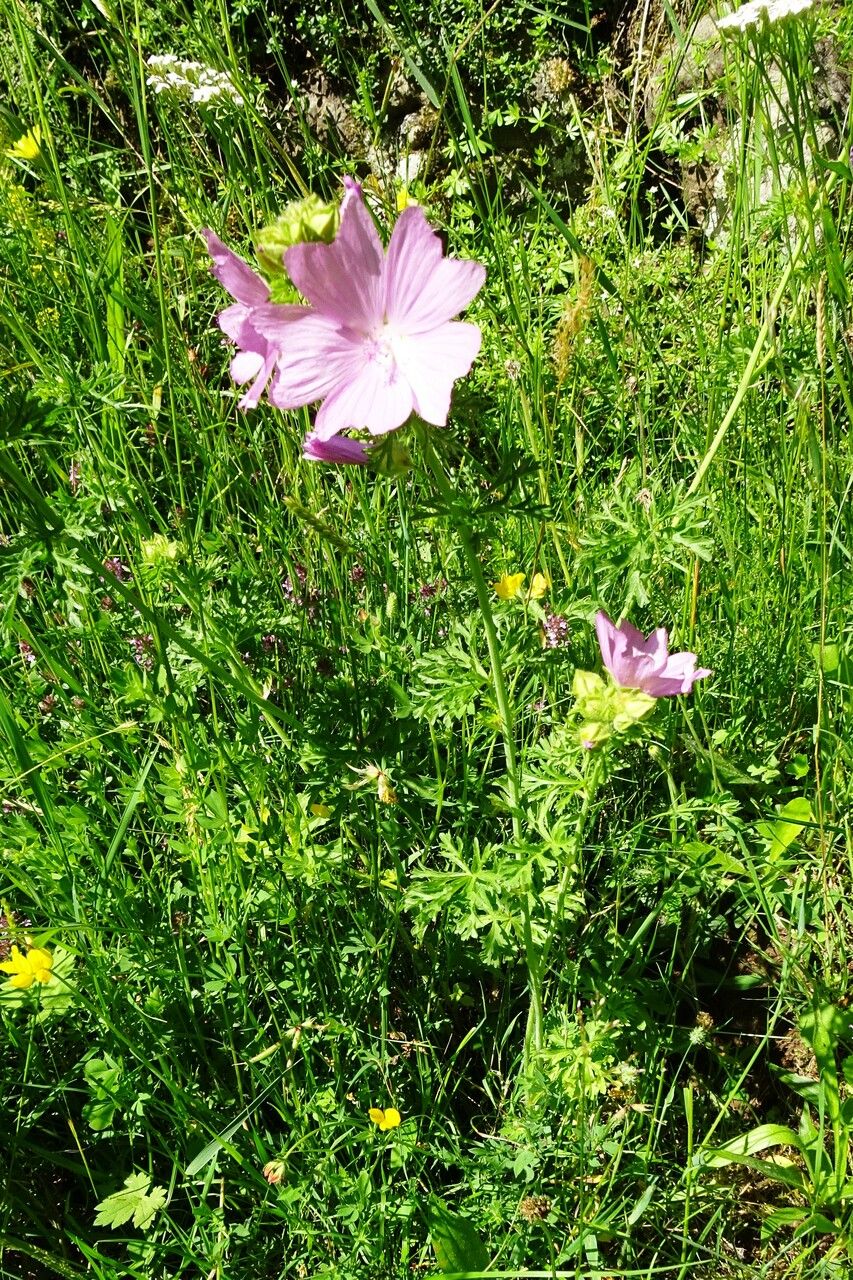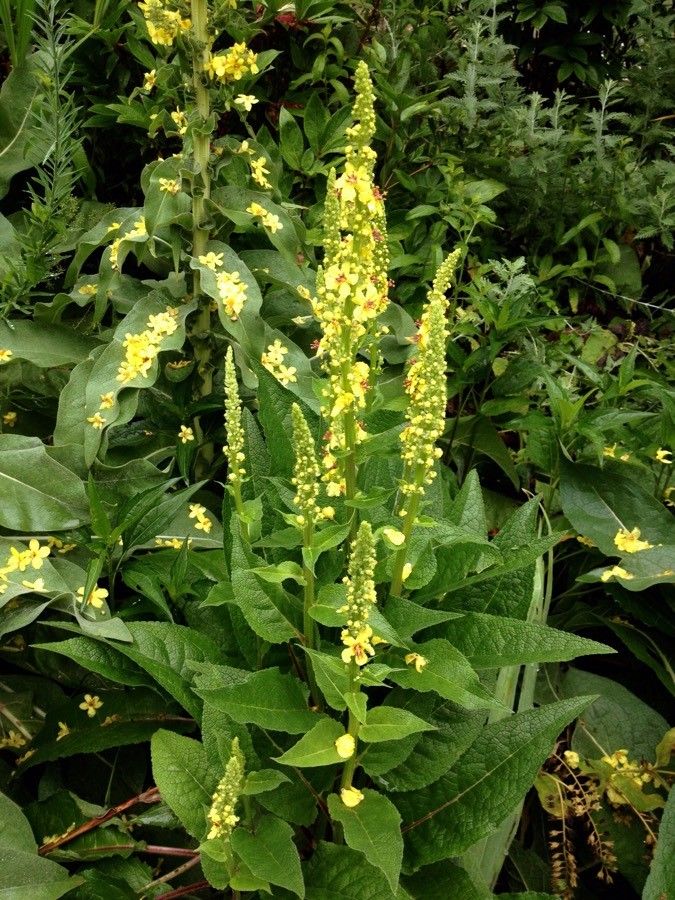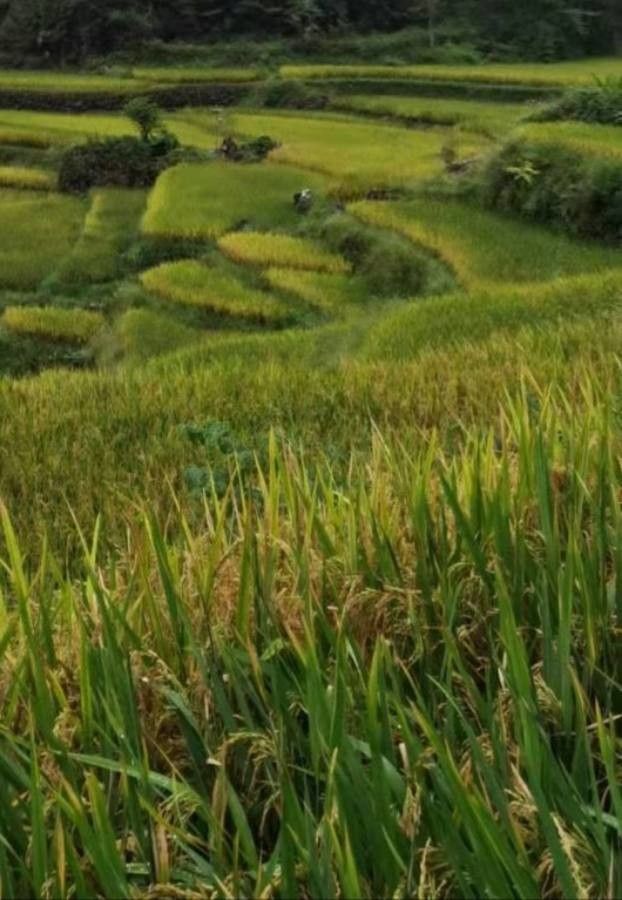# Fat-hen (Chenopodium album): A Comprehensive Guide
Fat-hen, scientifically known as *Chenopodium album*, is a widespread annual plant belonging to the Amaranthaceae family. Often considered a pesky weed, it's surprisingly resilient and adaptable, thriving in diverse environments across the globe. This comprehensive guide will delve into its identification, habitat, growth habits, and methods for control.
### Identification
Recognizing Fat-hen is crucial for effective management. Look for these key features:
* **Leaves:** The leaves are typically ovate to lanceolate, with wavy or toothed margins. They are alternately arranged along the stem and often exhibit a mealy, whitish coating, particularly on the underside.
* **Stem:** The stems are usually erect and branched, ranging in color from green to reddish. They can grow quite tall, sometimes reaching heights of over 1 meter.
* **Flowers:** Small, inconspicuous flowers are grouped in dense clusters along the stem and branches. These flowers are greenish-white and lacking prominent petals.
* **Seeds:** Tiny, dark brown or black seeds are produced in abundance, contributing to the plant's prolific spread.
Fat-hen can often be confused with other plants in the *Chenopodium* genus, and some less experienced observers may even mistake it for lamb's quarters, a close relative, although differences exist in leaf shape and texture.
### Habitat and Growth
Fat-hen is an opportunistic weed found in a wide variety of habitats. It thrives in disturbed soils, often colonizing gardens, fields, roadsides, and waste areas. It prefers full sun to partial shade and tolerates a wide range of soil conditions, from sandy to clay soils. Its adaptability contributes to its success as a common weed in both agricultural and urban environments.
### Control Methods
Controlling Fat-hen requires a multi-pronged approach, depending on the level of infestation and the desired outcome. Here are some effective methods:
* **Hand Pulling:** For small infestations, hand pulling can be effective, especially when the plants are young. Be sure to remove the entire root system to prevent regrowth.
* **Mulching:** Applying a thick layer of mulch can suppress weed growth by blocking sunlight and reducing moisture availability.
* **Herbicides:** Several herbicides are effective against Fat-hen, but proper identification is crucial to ensure the correct product is used. Always follow the instructions on the herbicide label carefully.
* **Crop Rotation:** Rotating crops can help to reduce weed pressure by disrupting the life cycle of the weed and making conditions less favorable for its growth.
### Ecological Impact
While often viewed as a nuisance weed, Fat-hen has some ecological value. It provides food for some insects and birds, and in certain contexts, it can even improve soil fertility. However, its competitive nature can negatively impact crop yields in agricultural settings. It's essential to manage its growth effectively to maintain healthy ecosystems and productive farmlands.
### Is Fat-hen Poisonous?
While not considered highly toxic, fat-hen contains saponins and nitrates, which can cause gastrointestinal upset if consumed in large quantities. Generally, though, it is not considered a significant threat to humans or animals unless they ingest significant quantities over a period of time. This means they shouldn't be actively eaten.
Fat-hen: Complete Guide to This Common Weed

Frequently Asked Questions
How to get rid of fat-hen?
Control methods include hand-pulling, mulching, herbicides, and crop rotation. The best approach depends on the scale of the infestation.
Is fat-hen poisonous to humans?
While containing saponins and nitrates, Fat-hen is not considered highly toxic. Large consumption may cause gastrointestinal issues, but it's not a major threat unless ingested in considerable amounts.


